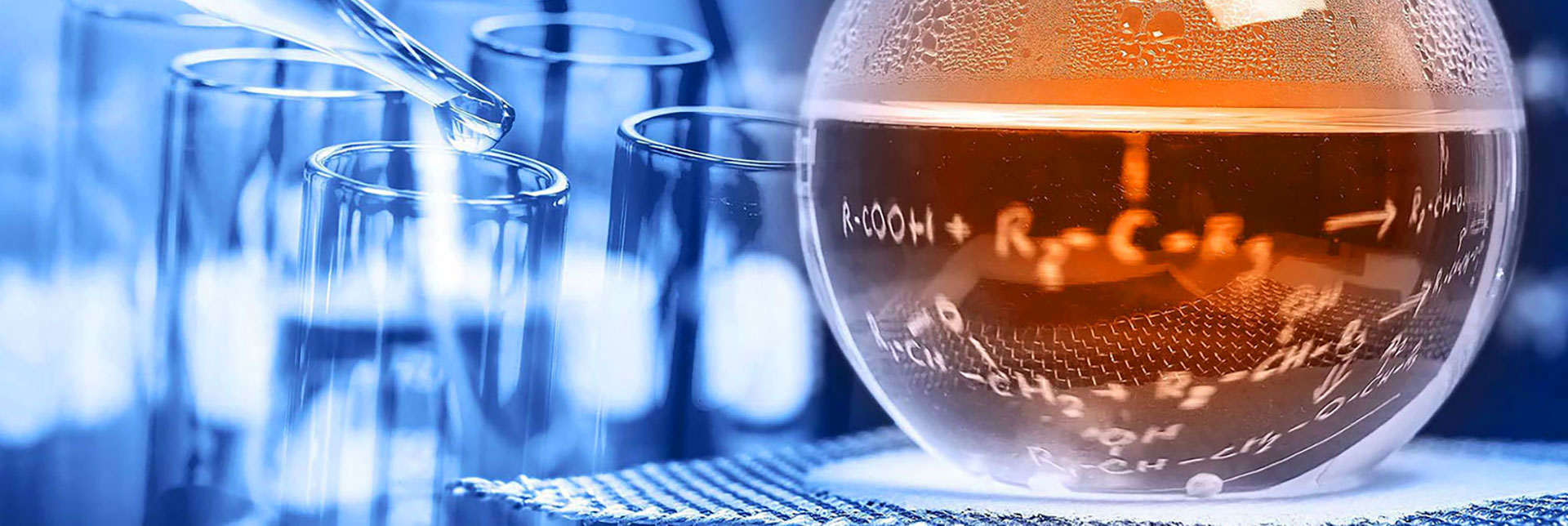

EUROLAB laboratory provides testing and compliance services within the scope of ISO 17294-1 standard. Developed by the International Organization for Standardization (ISO), this part of the ISO 17294 standard specifies the principles of inductively coupled plasma mass spectrometry (ICP-MS) and provides general guidelines for the use of this technique to determine elements in water.
-uygulanmasi---bolum-1:-genel-kurallar.jpg)
Generally, the measurement is carried out in water, but gases, vapors or fine particulate matter may also be included. ISO 17294 applies to the use of ICP-MS for water analysis. Final designations of elements are described in separate sections of ISO 17294, one for each element and matrix array. Other parts of ISO 17294 direct the reader to the guidelines presented in ISO 17294-1 for the basic principles of the method and configuration of the device.
ICP-MS stands for Inductively Coupled Plasma Mass Spectrometry. In the present context, a plasma is a small cloud of hot (6 K to 000 K) and partially ionized (about 10%) argon gas. The temperatures of cold plasmas are only around 000 1 K. The plasma is sustained by a radio frequency field.
The sample is brought into the plasma as an aerosol. Liquid samples are converted into an aerosol using a nebulizer. In the plasma, the solvent of the sample evaporates and the compounds present dissociate into constituent atoms (decomposition, atomization). The analyte atoms are in most cases almost completely ionized.
In mass spectrometry, ions are separated and elements are identified according to their mass-to-charge ratio, m/z, while the concentration of the element is proportional to the number of ions.
ICP-MS is a relative technique. The proportionality factor between response and analyte concentration is related to the fact that only a fraction of aspirated analyte atoms reach the detector as ions. The proportionality factor is determined by measuring the calibration solutions (calibration).
A pump, a nebulizer and a spray chamber are usually used to introduce the solutions to be metered into the plasma. The pump delivers the solution to the nebulizer. In the nebulizer, the solution is a (argon) gas flow, except when using an ultrasonic nebulizer.
converted into an aerosol. Large drops of aerosol from the spray chamber are removed by collision with the walls or other parts of the chamber and discharged as liquid. The resulting aerosol is then transferred to the plasma via the torch's injector tube with the aid of the nebulizer gas (sample inlet gas).
Components of the sample delivery system must be able to withstand corrosive substances that may be present in solutions, such as strong acids. The material used for the pump hose must be resistant to dissolution and chemical attack of the solution to be nebulized. Components that come into contact with the solution are usually made of special plastics. The use of glass and quartz should be avoided if hydrofluoric acid is sprayed. In these cases, the nebulizer, spray chamber, and torch injector tube should be made of suitable inert materials.
Among the services provided by our organization within the framework of material testing services, there are also ISO 17294-1 standard tests. Do not hesitate to contact our laboratory EUROLAB for your testing and certification requests.
To get an appointment, to get more detailed information or to request an evaluation, you can ask us to fill in our form and reach you.